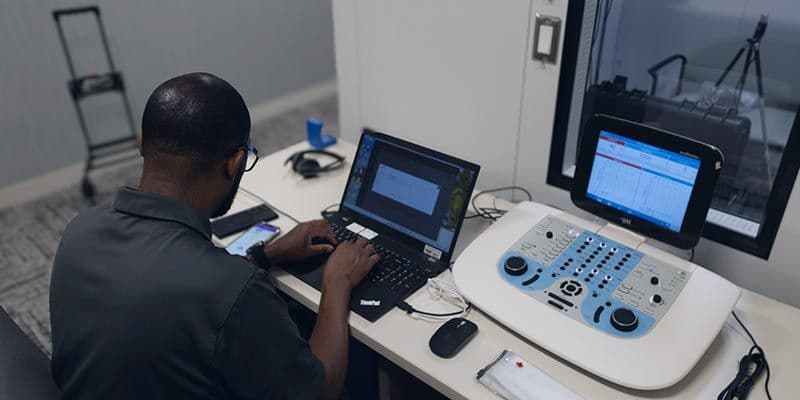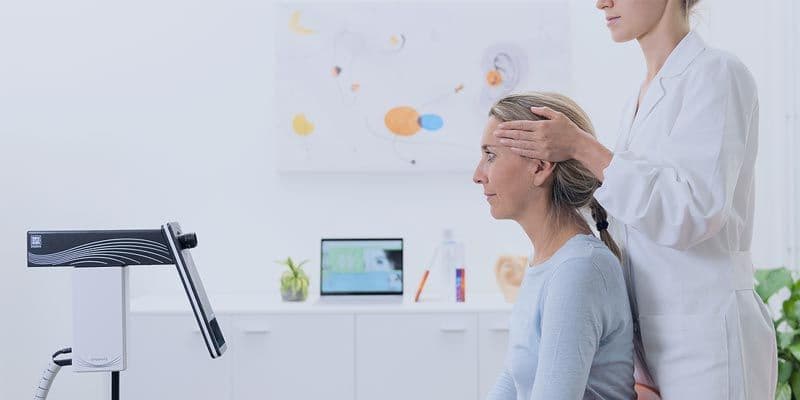Elevating the Patient Experience in Audiology Clinics

Why First Impressions Matter in a Medical Office
Walking into a cluttered or chaotic office can instantly impact how a patient perceives the quality of care they will receive. In healthcare, every detail from the waiting room to the exam room shapes patient trust and comfort. Creating an elevated patient experience means designing a space that is modern, patient-focused, and built to meet evolving expectations.
Your office environment isn’t just about aesthetics; it directly affects patient satisfaction, loyalty, and even treatment adherence.
Key Takeaways
- A modern office design improves patient trust and comfort.
- First impressions start before patients even walk through the door.
- Appeal to all five senses to create a welcoming environment.
- Accessibility and communication are essential to patient experience.
- Up-to-date technology and hospitality touches can transform care.
Step One: Assess Your Current Patient Experience
Before making changes, walk through your practice as if you were the patient:
- Sit in the waiting room.
- Walk through the hallway.
- Experience the exam room from the patient’s chair.
This perspective helps uncover issues like outdated décor, privacy concerns, or discomforts you may have overlooked.
Pro Tip: Use anonymous patient surveys, digital feedback kiosks, or reputation management tools in your lobby to gather real-time insights about the patient experience.
Appeal to the Five Senses
One simple way to ensure your office meets the needs and expectations of your patients is to cover the five senses.
Sight
- Ensure signage is clear and modern, starting with the parking lot.
- Keep your waiting area clean, organized, and decorated with warm, inviting colors.
- Use updated equipment to instill confidence in your practice.
- Digital boards can replace cluttered posters with rotating, branded content.
Sound
- Protect patient privacy by reducing overheard conversations.
- Use calming background music or white noise machines to create a soothing environment.
- Avoid TVs with news channels that may create anxiety; opt for health tips or neutral content.
Touch
- Maintain clean, comfortable seating that’s accessible for all patients, including those with mobility challenges.
- Regularly sanitize high-touch surfaces.
- Offer tangible patient education tools, such as hearing aid models or anatomical charts.
Smell
- Avoid strong cleaning product odors.
- Use subtle, calming scents like lavender or vanilla.
- Research shows simple scents encourage positive decisions and relaxation.
Taste
- Offer complimentary water, coffee, or tea in the waiting area.
- Consider individually wrapped, allergen-free, snacks to have available.
Accessibility and Communication: The New Standard
Today’s patients expect convenience and flexibility in how they interact with their providers.
- Multiple Communication Channels: Offer calls, text messaging, email, and patient portal options.
- Fast Response Times: Prioritize quick replies to voicemail, emails, and messages.
- Video Messaging: Share short, pre-recorded clips that answer FAQs or explain what to expect at an appointment.
- Language Accessibility: Provide translated materials or digital translation tools for patients with limited English proficiency.
Pro Tip: Consider mobile check-in or self-service kiosks to reduce wait times and streamline the patient flow.
Additional Tips for Enhancing the In-Person Experience
- Hybrid Waiting Models: Allow patients to wait in their car or receive text alerts when it’s time to be seen.
- Smart Scheduling: Use proven scheduling tools to minimize wait times, optimize staff efficiency, and maximize opportunities.
- Wellness-Focused Design: Incorporate natural light, greenery, or artwork to reduce stress and promote healing.
- Accessibility: Ensure ADA-compliant spaces with thoughtful layouts and pathways.
- Staff Training: Invest in ongoing front-office and provider training. Patients often judge their care by how they are treated as people, not just by clinical outcomes.
From the parking lot to the follow-up call, every interaction in your office shapes the patient’s journey. By focusing on design, comfort, accessibility, and communication, your hearing healthcare practice can create a place where patients feel safe, valued, and cared for.
Are you interested in breaking down barriers and connecting more patients with your practice? CQ Partners is the hearing healthcare industry’s leading Growth Partner, who obsesses over helping good practices become great with comprehensive, proven solutions. Reach out to CQ Partners to grow your practice today.




